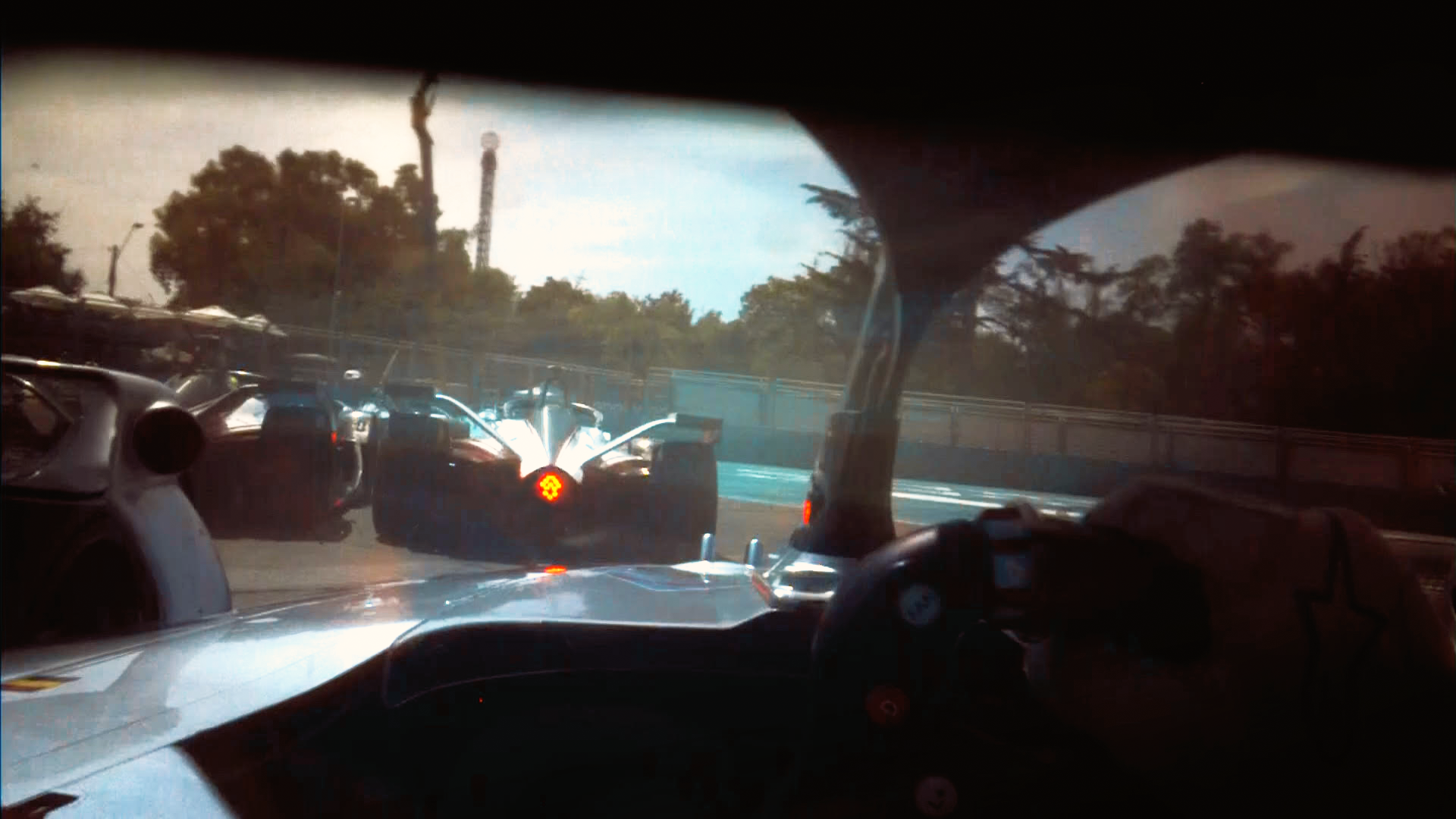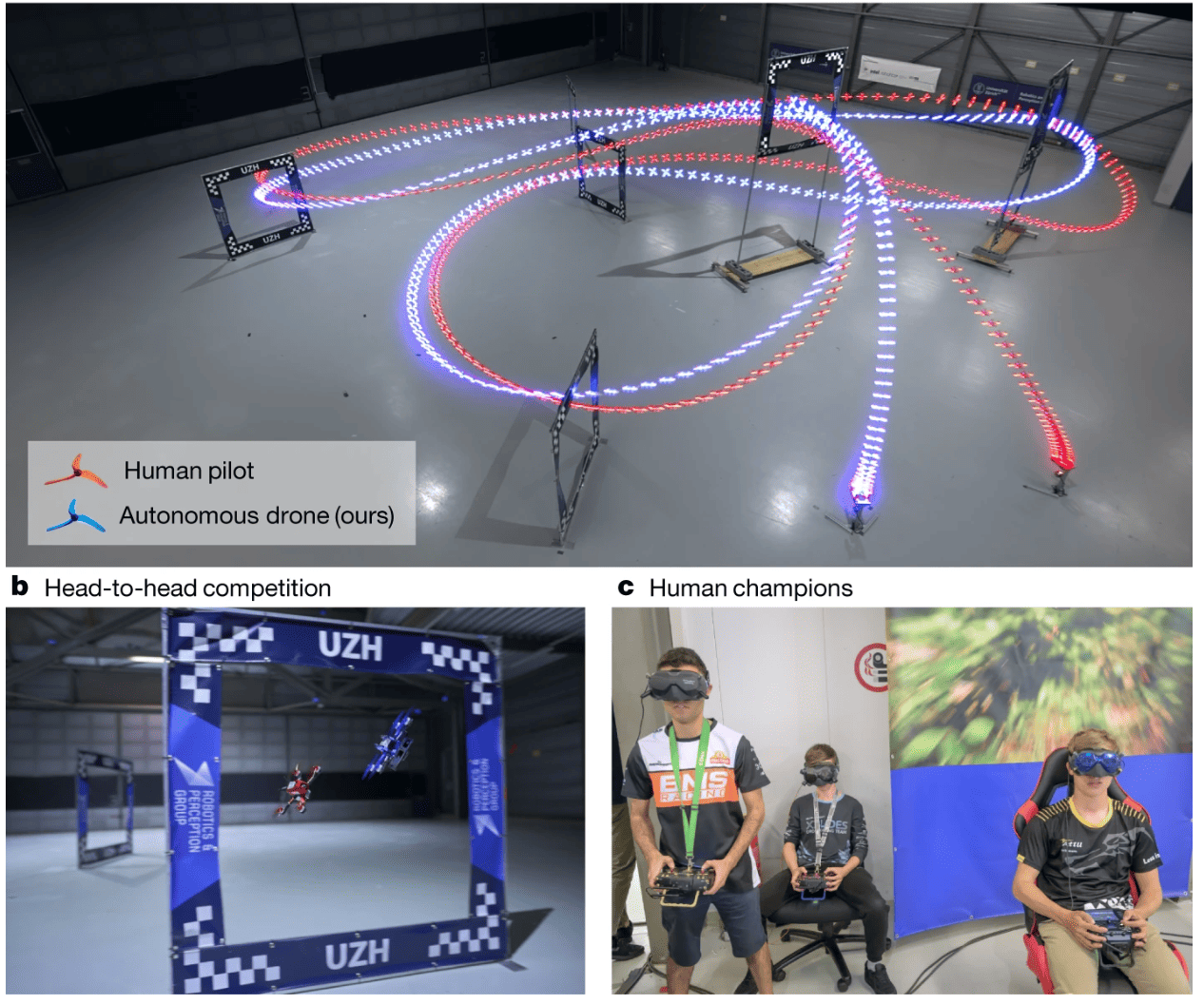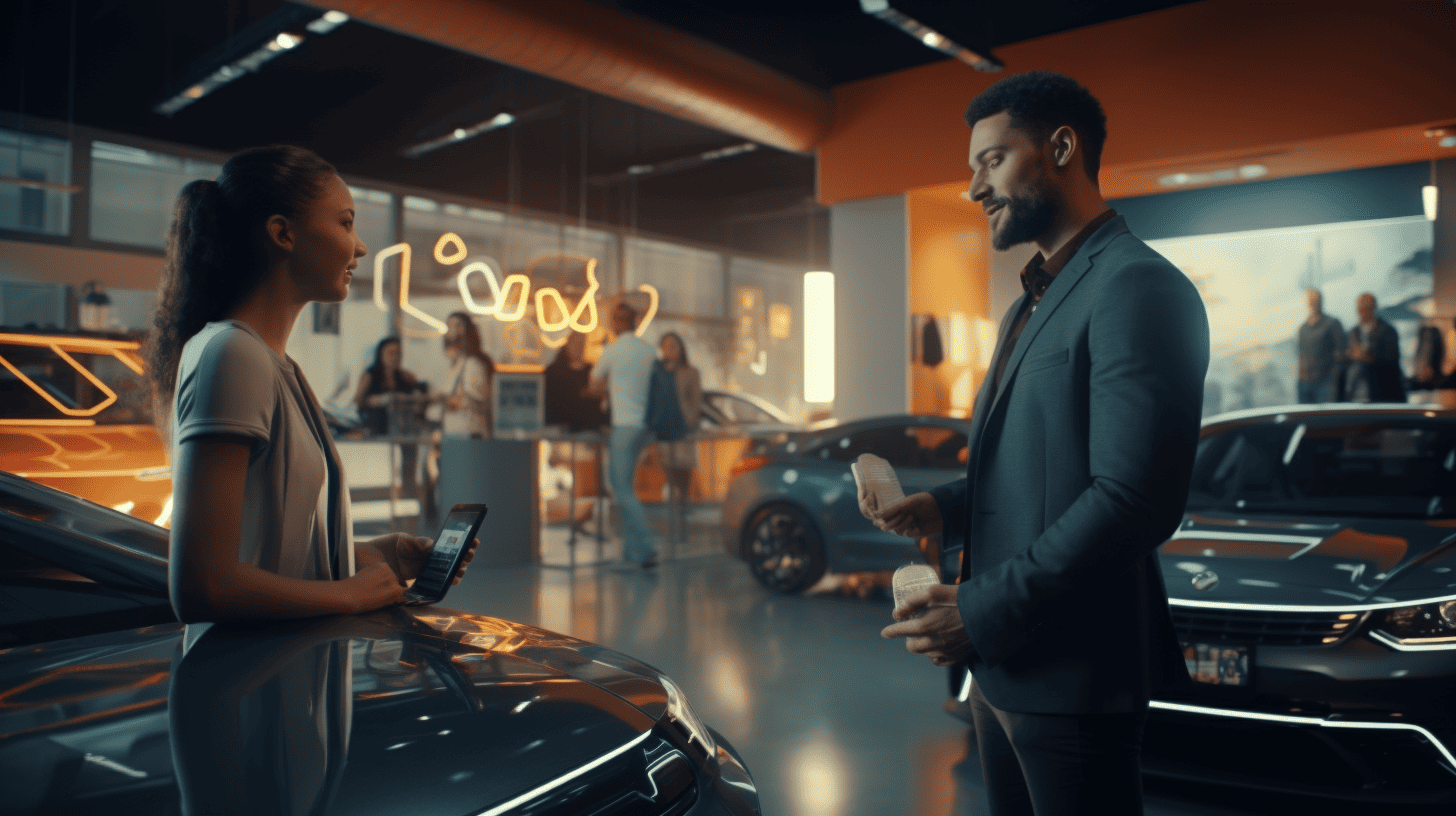
In principle, crash helmet cameras are nothing new in racing. But just as with the American IndyCar series, they have been placed above helmet visors up until now. Pierre Gasly and Romain Grosjean tested special camera lenses for Formula 1 last year during the Monaco Grand Prix open training sessions as well as in Canada. FIA Formula E is already one step ahead with this technology. Spectators were able to follow the race live straight from the driver’s field of vision during the race in Santiago de Chile with the help of a crash helmet camera. They virtually felt almost every bump and every contact with the competitors on the narrow street circuit.
“When you talk to Formula E racing drivers, the first thing they emphasize is the excitement and challenge of driving on city circuits,” Sebastian Tiffert, digital director of Formula E, explains. “Driver’s Eye offers a new vantage point from the inside of the helmet under live racing conditions. That way you can really see how a driver maneuvers around a track. All the while processing data and communicating with the team at high speeds. Driver’s Eye should “add a unique dimension to the television experience,” Siffert said.

Pioneering camera technology
This groundbreaking camera technology is pushing the boundaries of what is possible in sports broadcasting by transmitting live images from behind the visor directly to television screens. The innovative “Driver’s Eye” camera features a tiny lens placed at the driver’s eye level inside the protective padding in the helmet, i.e. just behind the visor.
This camera has a diameter of 8 millimeters. It weighs a mere 2.5 grams and is connected to the proprietary transmission technology by a cable that runs across the back of the helmet. This transmission technology is housed in a small box in the cockpit. Technicians from the FIA, Formula E and the teams worked on the fine-tuning for months until the new cameras were ready to use and the fine-tuning was optimized for racing conditions. The very first test drive with the Driver’s Eye took place during the first race of the sixth season of Formula 1 in Saudi Arabia last November.

Shows what racing drivers have to do during a race
“I think it’s cool how Driver’s Eye shows fans exactly what I’m seeing during a race in real-time,” said Venturi Racing driver Felipe Massa. “It gives spectators an insight into the tight and challenging street circuits that we compete on in Formula E. And shows what the drivers need to do when managing and controlling the course of a race. I love technology like this which brings fans even closer to the action. Driver’s Eye is a great way to show the work that goes on behind the steering wheel.” So says the 11-time Formula One Grand Prix winner.
The next occasion that a Formula E race will use the Driver’s Eye device will be on Saturday, February 15th at the E-Prix in the Autodromo Hermanos Rodriguez in Mexico City:
www.FIAFormulaE.com/watch/ways-to-watch.
More articles on Formula E and electric motors in racing can be found via this link.
Rear view image of Stoffel Vandoorne (Mercedes-Benz EQ) at the start of the Santiago E-Prix 2020 (Rd 3). © With the permission of Formula E.





